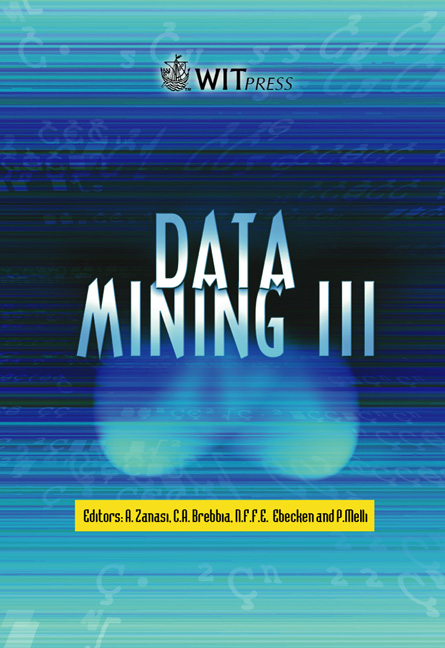Predicting UNIX Commands Using Decision Tables And Decision Trees
Price
Free (open access)
Volume
28
Pages
Published
2002
Size
679 kb
Paper DOI
10.2495/DATA020421
Copyright
WIT Press
Author(s)
K T Durant, M D Smith
Abstract
This paper presents promising results from a series of experiments of command prediction for the UNIX command-line interface. The results provide insight into the effectiveness of decision tables and decision trees for predicting the commands of 77 different users comprising faculty members, graduate students, and undergraduate students of Rutgers University. We use the Weka system developed at the University of Waikato in New Zealand to explore the impact of these different learning techniques on command prediction. In general, our work addresses the important problem of predicting the next element in a sequence, where the sequence is made up of nominal elements, when the concept being learned changes over time. This feature is known as concept shift, and it occurs in our command line history session since the task each user is performing often changes during a session. As the concept shifts, predictions that were accurate previously are no longer correct. We measure success based on a micro-average and macro-average of prediction. A macro-averaged result computes statistics separately for each user and then averages these statistics over all users. The micro-average is the average predictive average over all the commands in the study independent of the user. The algorithms reported in this paper produce on average a predictive accuracy between 40% and 42%. This is a slight improvement of predictive accuracy from previous studies. 1. Introduction The UNIX system and its user interface are ubiquitous in research and academic settings. There have been many variations of the interface over the years, yet few have taken advantage of a user’s pattern of use. Some
Keywords





